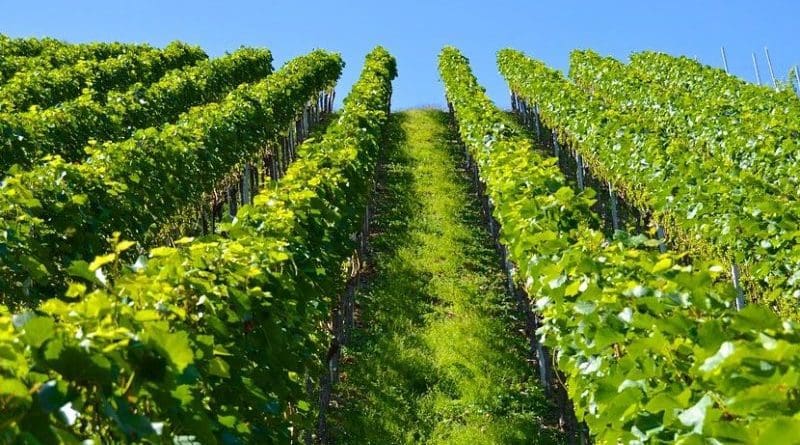Our Favorite Vintages And Their Precarious Mountainside Homes Are At Risk Due To Climate Change
Tucked into the hillsides of Italy, Portugal, and Spain, some of the world’s most famous—and most difficult to maintain—vineyards are heralded for their unique flavor profiles and centuries of tradition. But as extreme weather and changing socioeconomic conditions make this so-called “heroic viticulture” even more challenging, scientists worry these grapes and their cultural histories are at risk. In a Backstory publishing on July 14 in the journal iScience, researchers argue that farmers and scientists must work together to protect some of the world’s most celebrated wines.
“The risk is not only losing an agricultural product or seeing a landscape change, negatively impacting the local economy,” write the authors from the University of Padova. “The risk is losing entire communities’ history and their cultural roots.”
Vineyards are considered “heroic viticulture” sites if they have a slope steeper than 30 percent, are located on small islands or at an altitude higher than 500 meters above sea level, or if they incorporate vines grown on terraces. The name “heroic” originated from the inherent difficulty of cultivating and harvesting crops in these landscapes. Some of the most famous, centuries-old examples of heroic viticulture include the Prosecco Hills of Conegliano and Valdobbiadene and the traditional vineyards of Pantelleria Island, both of which are protected by UNESCO.
“The great effort required to manage these areas reinforces the specific human-environment connection,” write the authors. “This is why they are recognized as cultural uniquenesses of primary historical and social importance, where traditional knowledge is still the determining element.”
In the Backstory, the authors list soil degradation and drought as the biggest climate change-related risks to heroic viticulture. They also argue that the vineyards face several significant socioeconomic barriers.
“The last half past century has been characterized by rural exodus and a gradual abandonment of mountain landscapes,” the authors write. “The new generation is unwilling to continue working under extreme conditions if economic benefits are insignificant.”
In order to protect heroic viticulture sites, the authors suggest several forms of potential solutions, from strategic communications designed to unite scientists, farmers, and consumers to onsite solutions like small water storage systems integrated into the vineyard landscapes that prevent runoff and retain water for future usage. They also underline the importance of education, including “educating the new generation about the benefits of rural reality, the need to preserve cultural heritage, live in equilibrium with the environment, and to have a sustainable approach to agriculture.”
“The key to success lies in combining the traditional knowledge of winemakers with innovation and scientific rigor,” write the authors. “In this way, farms can work closely with scientists to optimize investments for a more functional, sustainable, and safe agricultural landscape—a winning alliance to face these diverse natural and anthropogenic challenges.”

